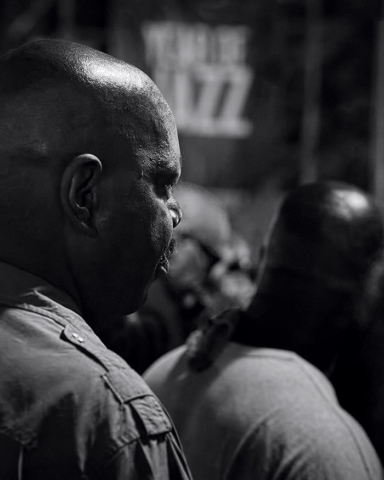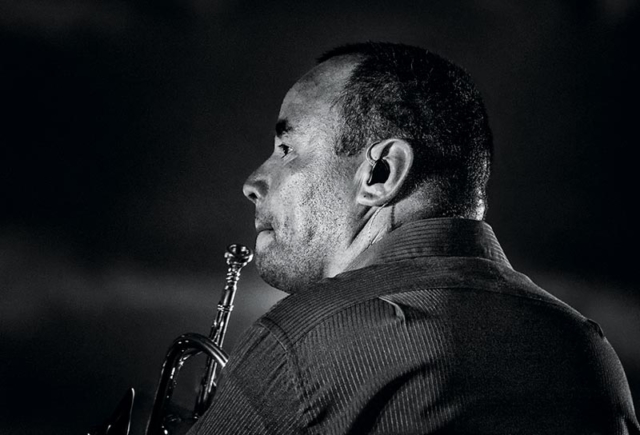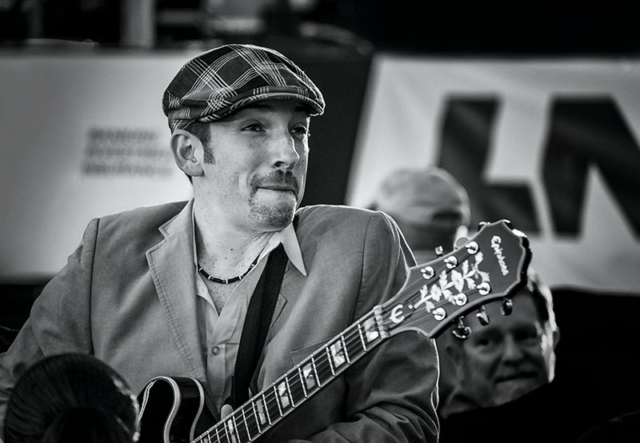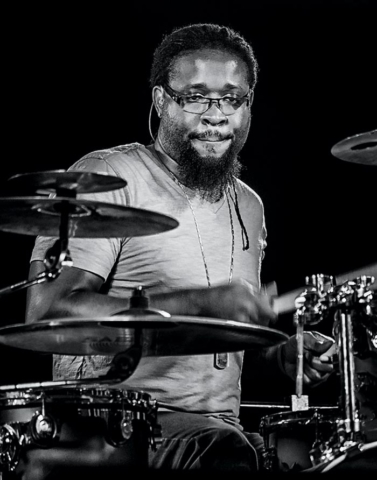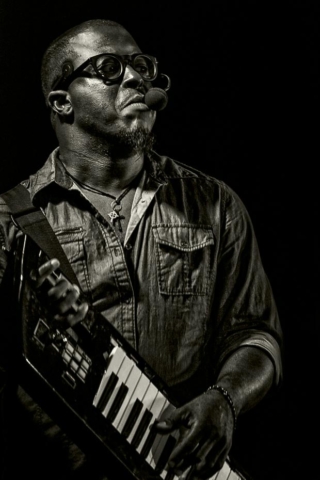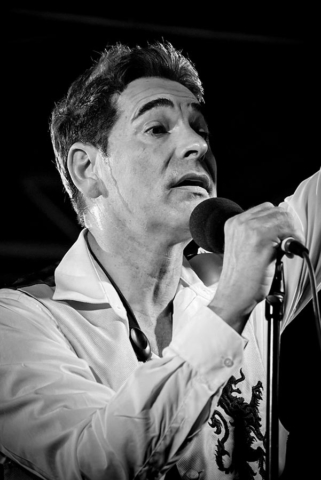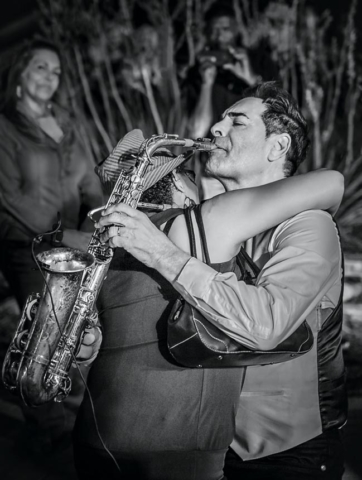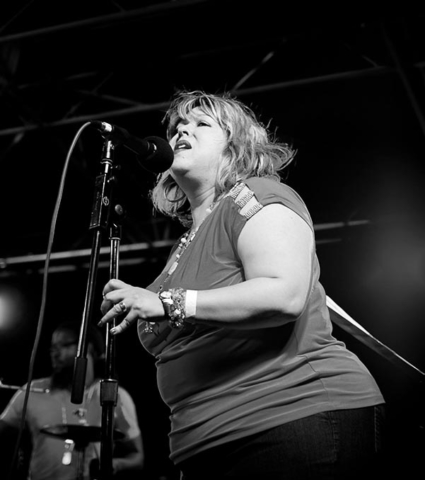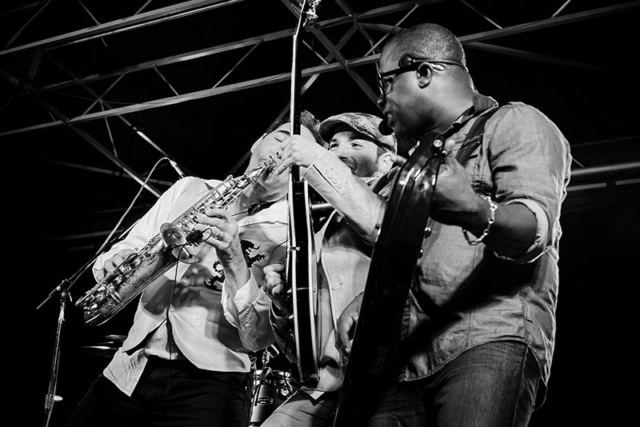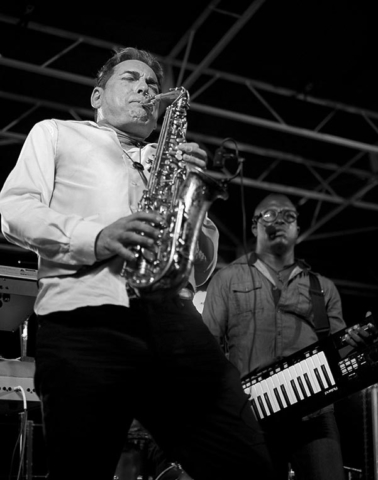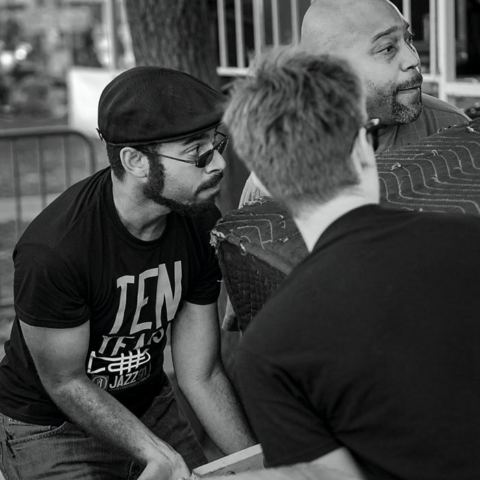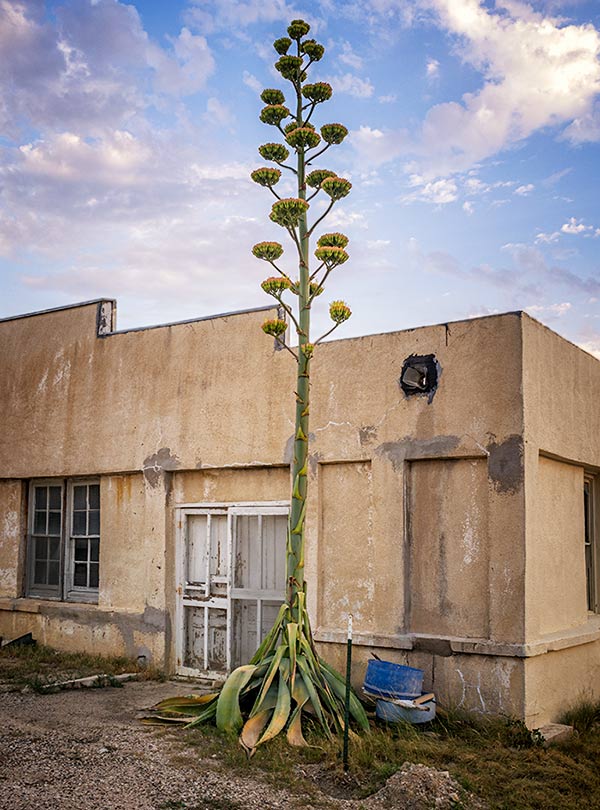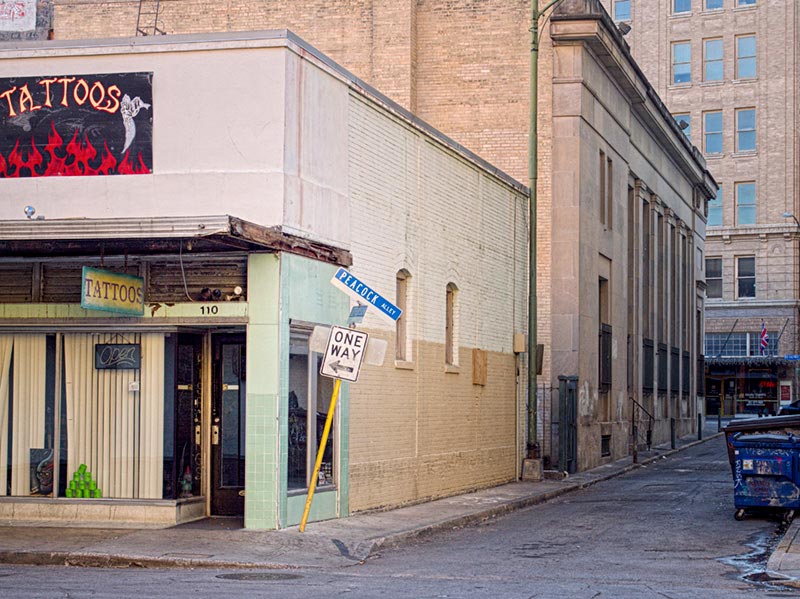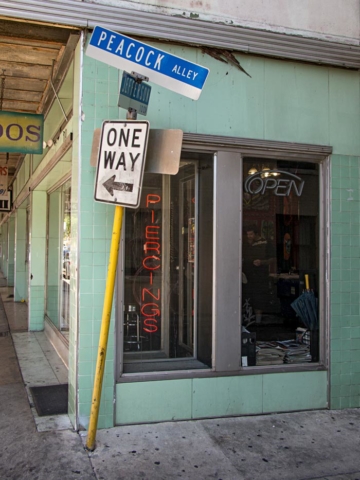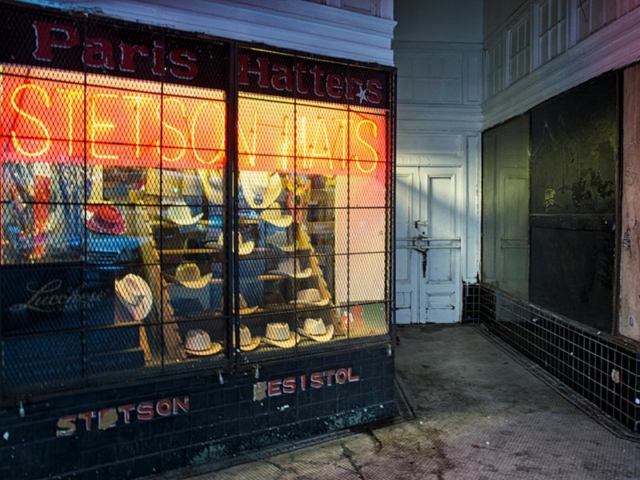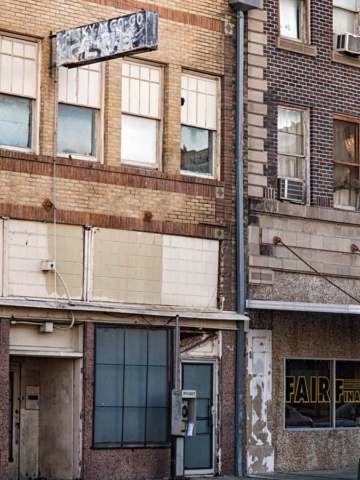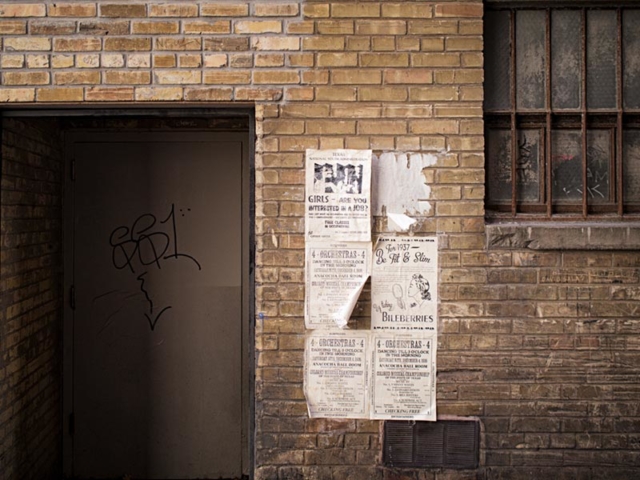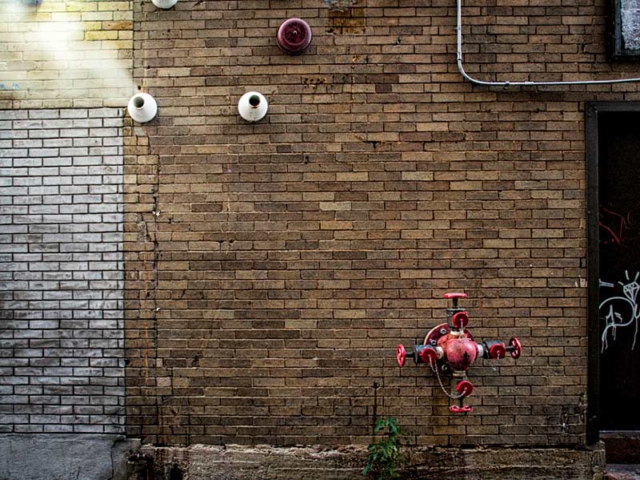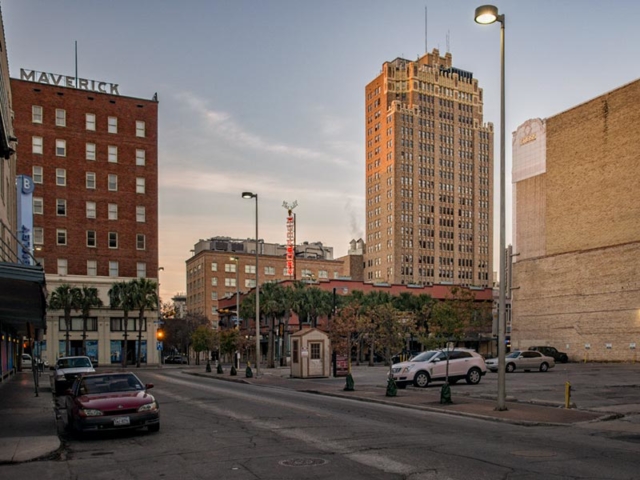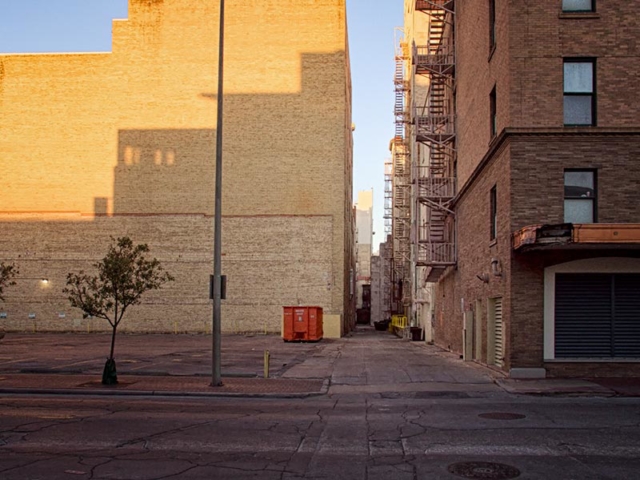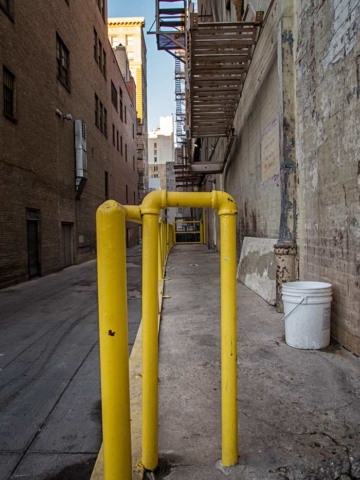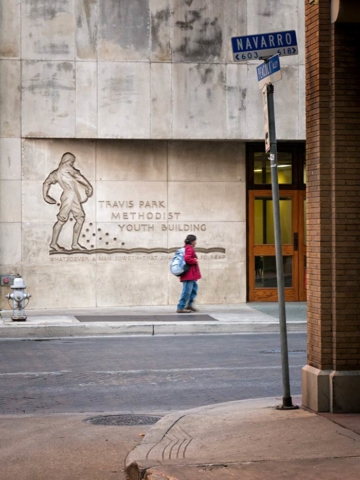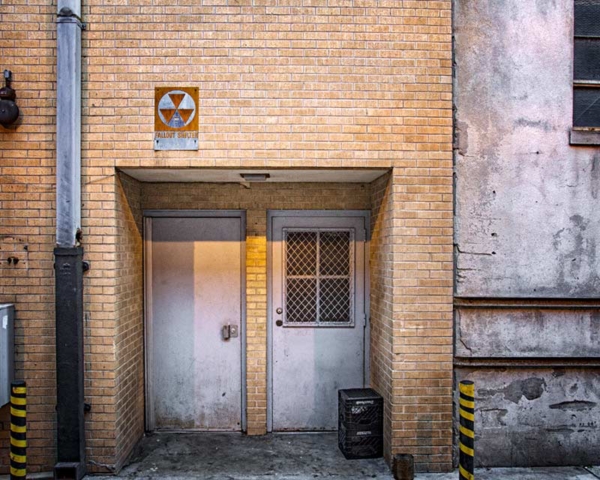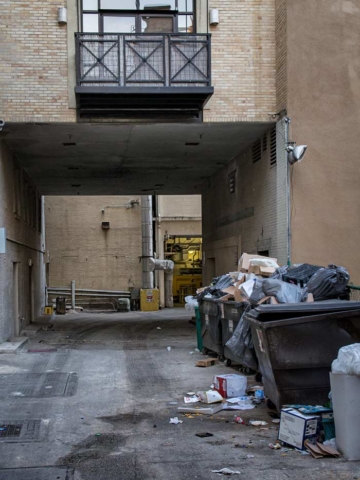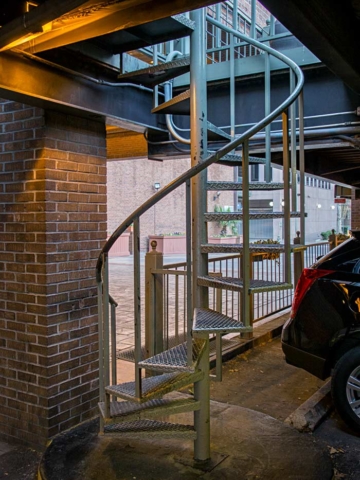As far as I know the best album covers ever printed were for jazz LPs in the fifties and early sixties. They were often as avant-garde as the music itself. They mirrored qualities of the music transposed to the visual medium. Maybe you can tell I’m a jazz buff.
Every now and then I try my hand at jazz photography. For one thing I can’t resist music. In this era jazz musicians they are something exotic. They have a presence that may have been overlooked when the music was more common. Of course the best players were never main stream for the pop audience. You had to pay attention to the music and the musicians. They demanded that the audience be up to their standards.

